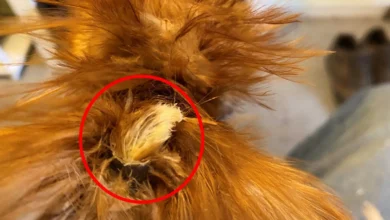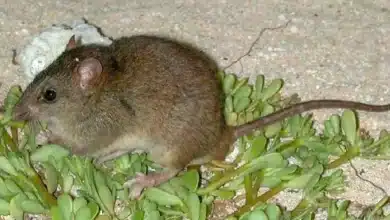Unveiling the Mystery of the Cryptic Treehunter: Origin and Facts
Scientific name: Cichlocolaptes mazarbarnetti
Date of extinction: 2019
The cryptic treehunter, a small brown bird, was only discovered in 2014 but may have gone extinct before the paper first describing it was even published. As with many of the animals on this list, the cryptic treehunter was only found in a very limited range in the mountains of Brazil, increasing its vulnerability to habitat loss from human activity. This is a case of extinction happening so rapidly and suddenly that any attempts at conservation became essentially impossible. (courtesy of ifaw.org)
In the lush forests of Brazil, amidst the cacophony of avian melodies, hides a secretive creature that has captured the imagination of bird enthusiasts and conservationists alike—the Cryptic Treehunter (Cichlocolaptes mazarbarnetti). This elusive bird, shrouded in mystery, holds a unique place in the realm of ornithology. Let’s delve into its origin and uncover some fascinating facts about this enigmatic species.
Origin:
The Cryptic Treehunter was first discovered in 1995 by a team of ornithologists led by Bret Whitney and Dante Buzzetti in the Serra do Mar mountain range of southeastern Brazil. This region, known for its dense and inaccessible forests, proved to be the perfect habitat for a bird that prefers to remain hidden from human eyes. The species was formally described in 2004 and named after biologist Alexandre Enout Mazar Barnett, in recognition of his contributions to Brazilian ornithology.
Habitat and Distribution:
The Cryptic Treehunter is endemic to Brazil and is primarily found in the Atlantic Forest biome, a biodiversity hotspot renowned for its rich flora and fauna. Within this biome, it inhabits montane forests characterized by dense vegetation and steep terrain. Its range is limited to a few isolated areas, including parts of the states of São Paulo, Rio de Janeiro, and Minas Gerais.
Appearance:
True to its name, the Cryptic Treehunter possesses cryptic plumage that blends seamlessly with its forest environment, making it exceedingly difficult to spot. It has a predominantly brownish-grey coloration, with subtle streaks and mottling that provide effective camouflage against tree bark. Its relatively long tail and stout bill are adapted for navigating through the dense vegetation of its habitat.
Behavior and Ecology:
Despite its elusive nature, researchers have gleaned some insights into the behavior and ecology of the Cryptic Treehunter. It is primarily an insectivore, foraging for invertebrates amidst the foliage and tree bark. Its secretive habits and limited vocalizations suggest that it may rely on stealth rather than vocal communication for hunting and navigation.
Breeding habits of the Cryptic Treehunter remain poorly understood, owing to the challenges of studying this species in its rugged habitat. However, it is believed to construct cup-shaped nests in the dense vegetation of tall trees, where it lays its eggs and rears its young.
Conservation Status:
The Cryptic Treehunter faces significant threats to its survival, primarily due to habitat loss and fragmentation caused by deforestation and human encroachment. The Atlantic Forest biome has been heavily impacted by agricultural expansion, urbanization, and logging, leading to the degradation and isolation of its remaining fragments.
As a result of these threats, the International Union for Conservation of Nature (IUCN) classifies the Cryptic Treehunter as “Critically Endangered.” Efforts to conserve this species are hindered by its elusive nature and the remote and inaccessible nature of its habitat. Conservation initiatives focus on protecting and restoring remaining forest fragments, as well as raising awareness about the importance of preserving the unique biodiversity of the Atlantic Forest.
Conclusion:
The Cryptic Treehunter stands as a symbol of the fragility of Earth’s ecosystems and the challenges faced by species on the brink of extinction. Its mysterious presence in the shadowy depths of the Atlantic Forest serves as a reminder of the urgent need for conservation action to safeguard our planet’s biodiversity.
While much about this enigmatic bird remains shrouded in mystery, ongoing research and conservation efforts offer hope for its survival. By working together to protect and restore its habitat, we can ensure that future generations will continue to marvel at the elusive beauty of the Cryptic Treehunter.



